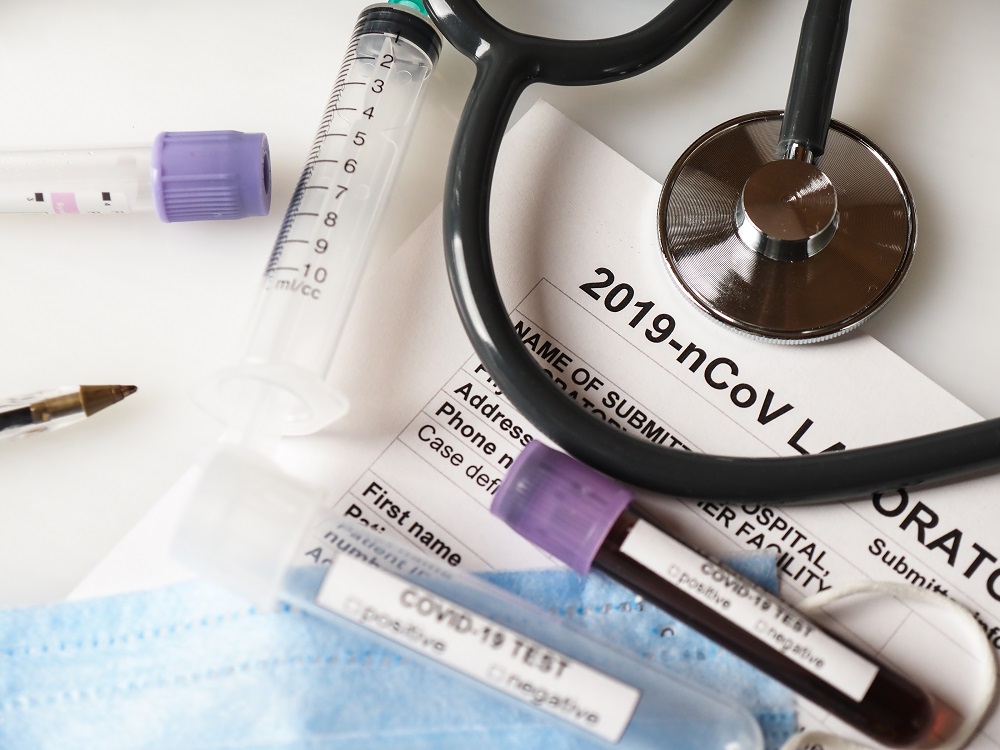
As some states see a decline in COVID-19 cases and a gradual re-opening, infectious disease experts warn that coronavirus spread in the midst of national protests”>The second wave of COVID-19 is inevitable, although the extent of the resurgence remains unclear.
The second wave of the pandemic refers to a persistent spike in infection following the overall decrease in the spread from the initial cluster of cases. Some fear that relaxing restrictions and public disregard for preventive measures as time passes may make the second wave of cases larger than the initial burst.
“I think people mistake the idea of society reopening with the idea that society is safer, but things are no safer today than they were weeks ago when we were in full lockdown,” said Dr. Lawrence Kleinman, MD MPH of Rutgers University.
“It’s really important for the public to understand that the recipe for their personal safety has not changed and is not changing even as society opens up. I worry that we are going to see that the more social interactions occur, the less care people will take, the more illness there will be, and the more people who will get very sick and die.”
Some experts worry that if the current efforts of distancing, masking, hand-washing, and screening for symptoms are not maintained, a larger number of cases are likely, which may require many cities to re-establish self-quarantining measures.
Others are more optimistic. Dr. Vincent Racaniello, a Columbia University virologist, said, “I’m hoping we can continue our lives without having to go back into quarantine in the fall because we’ve learned that distancing and face masks can really make a difference.”
Regardless of where experts stand, they accept that public health interventions would play a key role in assessing the magnitude of the second wave. Dr. Ashish Jha, general intern, and director of the Harvard Global Health Institute, said ramping up testing and contract tracing is crucial.
“Certainly if we go into the fall with the number of tests we have right now, we’re going to get crushed. Because the biggest thing in curtailing this disease is that you’ve got to be able to identify who’s infected and separate them from others so that they don’t spread the virus.”
Some researchers are hoping to look back on the actions of previous outbreaks of various respiratory diseases in the future. For instance, the cyclical nature of influenza and the common cold appear to be linked to the weather, which thrives in the colder months. The same applies to other types of common, seasonal coronaviruses and may also apply to SARS-CoV-2, a virus that causes COVID-19.
“In the cooler months with lower humidity, the virus transmits better so we see outbreaks of respiratory infections in those times. I think that’s what COVID-19 will be like in the fall,” says Racaniello.
Spending more time indoors during the colder months can also aggravate viral transmission. According to Jha, “There’s pretty good evidence that a lot of the transmission of this virus occurs when people congregate indoors. And as schools come back along with universities and workplaces, we’re all very worried we’re going to see big spikes in cases that nationally will result in a second wave.”
Some experts are concerned that the resurgence of COVID-19 coinciding with the flu season may cause chaos and overwhelm the health care system. But Racaniello said he is less worried about it.
“I think most health care systems in the U.S. have experienced the outbreak, they know how to handle it, they are going to be ready because now we’re talking about a number of months where they can prepare, they can get protective equipment, they can reallocate spending, space, and ventilators.”
Although many believe that COVID-19 will be around for years to come, the hope is that vaccine production may allow immunity to build up over time, enabling the virus to fade away like a common cold. Racaniello believes it is likely that infections will keep happening, but will become very mild over the years until the use of an effective vaccine becomes widespread.
Specialists interviewed by ABC News were not particularly worried that the virus would mutate in such a way as to interfere with how the vaccine could work.
“I’m not worried that there’s going to be a meaningful mutation that will lead to the disease becoming much more severe,” said Jha. “We’ll obviously be paying very close attention to that and we have much better tools for looking at viral genetics, we didn’t have any such tools 100 years ago. Of all the things I lose sleep over, this isn’t one of them.”
Dr. Karin Michels, Ph.D., chair of the UCLA Department of Epidemiology, said that even with tools to prevent a second wave, it may be difficult to encourage the tired American public to continue extreme social distancing.
“It is in our hands and we have all the knowledge required to keep this second wave low, but the relevant measures are unpopular, difficult to maintain and affect many aspects from economy to quality of life,” Michels said.











































